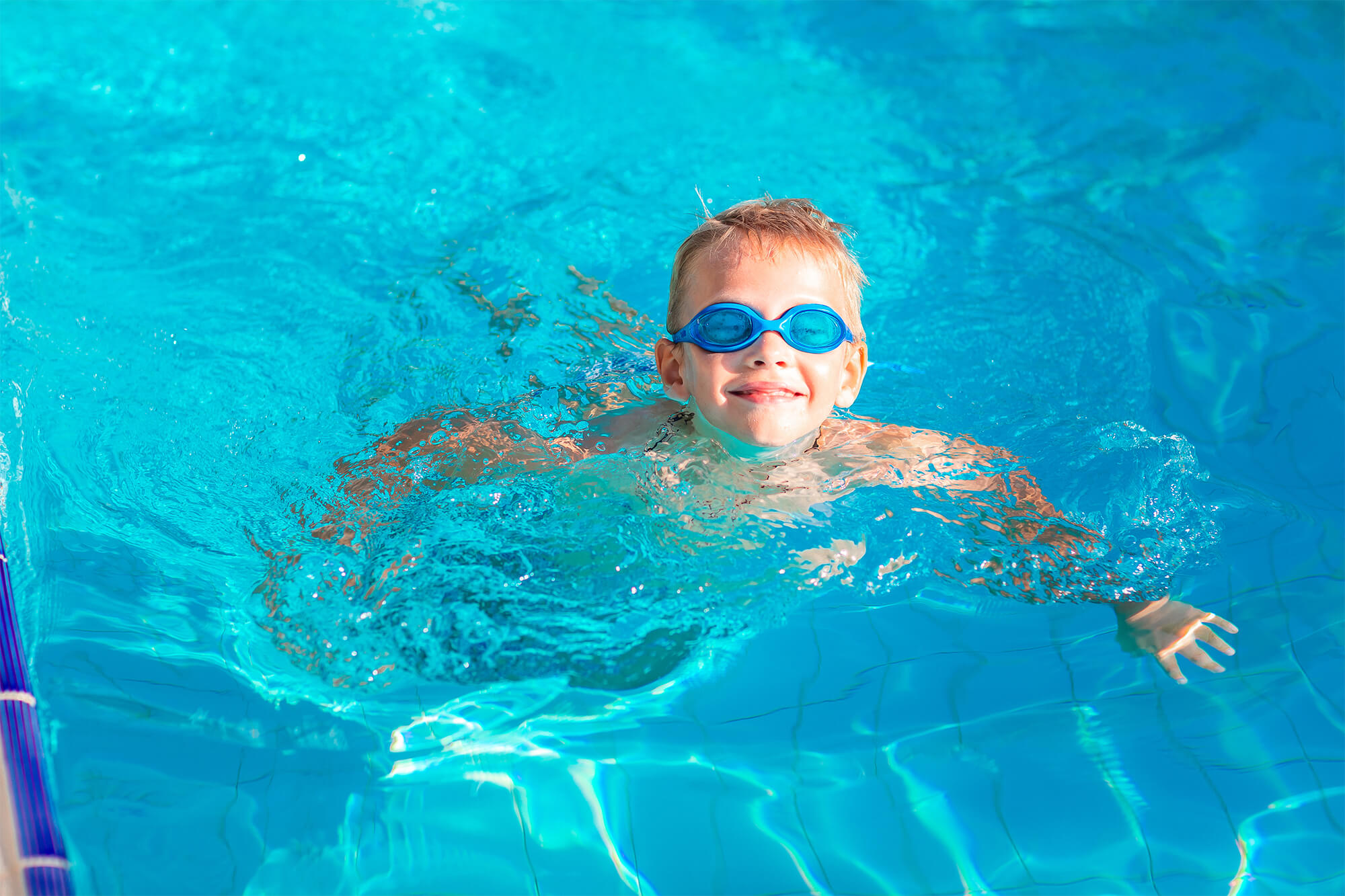December 15, 2025
Why Wandering Is a Serious Risk for Kids With Autism, Especially in Summer
FEATURED POSTS
November 25, 2025
For many families raising a child with autism, one of the biggest fears is a child slipping away. That might mean walking out the front door, leaving the playground or disappearing into a crowd. This behavior, often called “wandering” or “elopement,” can happen in a matter of seconds. It’s more than stressful. In some cases, it can be life-threatening.
Summer brings even more opportunities for this to happen. Routines shift, outings increase, and kids are often near water, one of the biggest safety hazards for children with autism. Understanding why wandering happens and how to prevent it can help families stay prepared and safe.
What Is Wandering?
Wandering happens when a child leaves a safe place without permission or supervision. This can include leaving home, school, a playground, or a caregiver in public.
In children with autism spectrum disorder (ASD), it’s especially common. A 2012 study in Pediatrics found that nearly half of children with autism had tried to wander or run away at least once after age 4. Of those, 26% were missing long enough to cause concern.
The reasons vary. Some children may seek out a place they enjoy, such as water. Others may run to escape overwhelming sounds, sights, or situations. But no matter the cause, the risk is high.
Why Summer Brings Added Risk
Wandering can happen any time of year, but summer adds new layers of risk. Families are more likely to be out of their routines, exploring new places, or visiting pools, lakes, and beaches. New environments can be exciting, disorienting, or overstimulating for kids with autism.
Water presents the greatest danger. According to the National Autism Association, accidental drowning accounted for 71% of all deaths resulting from wandering in children with autism under age 15.
And it can happen fast. The Centers for Disease Control and Prevention (CDC) reports that it takes as little as 20 seconds for a child to drown.
Safety Strategies That Can Help
Many families aren’t told about wandering risks when their child is first diagnosed. But there are proactive steps that can help reduce danger.
Swim lessons are one of the most effective strategies. Some insurance plans may cover swim lessons for children with autism as part of behavioral treatment. Read more in Why Swimming and Water Play Benefit Kids with ASD.
Families can also partner with a board certified behavior analyst (BCBA) to teach safety skills. BCBAs can support children in tolerating wearable tracking devices, reducing bolting behaviors, and recognizing safe adults or “community helpers.”
Other tools include:
- Personal ID wristbands or GPS trackers
- Secure fencing or home alarms
- Creating emergency plans with neighbors
- Registering with local police or Smart911.com, which lets families share medical or behavioral information that pops up for 911 dispatchers
Planning Ahead Brings Peace of Mind
Not every child with autism wanders. But for those who do, preparation can save lives.
Summer outings should be fun, not stressful. These 4 Steps to Swim Safety for Your Child with Autism offer practical tips families can use right away.
For more information on wandering and autism safety planning, visit the National Autism Association’s Big Red Safety Toolkit.








